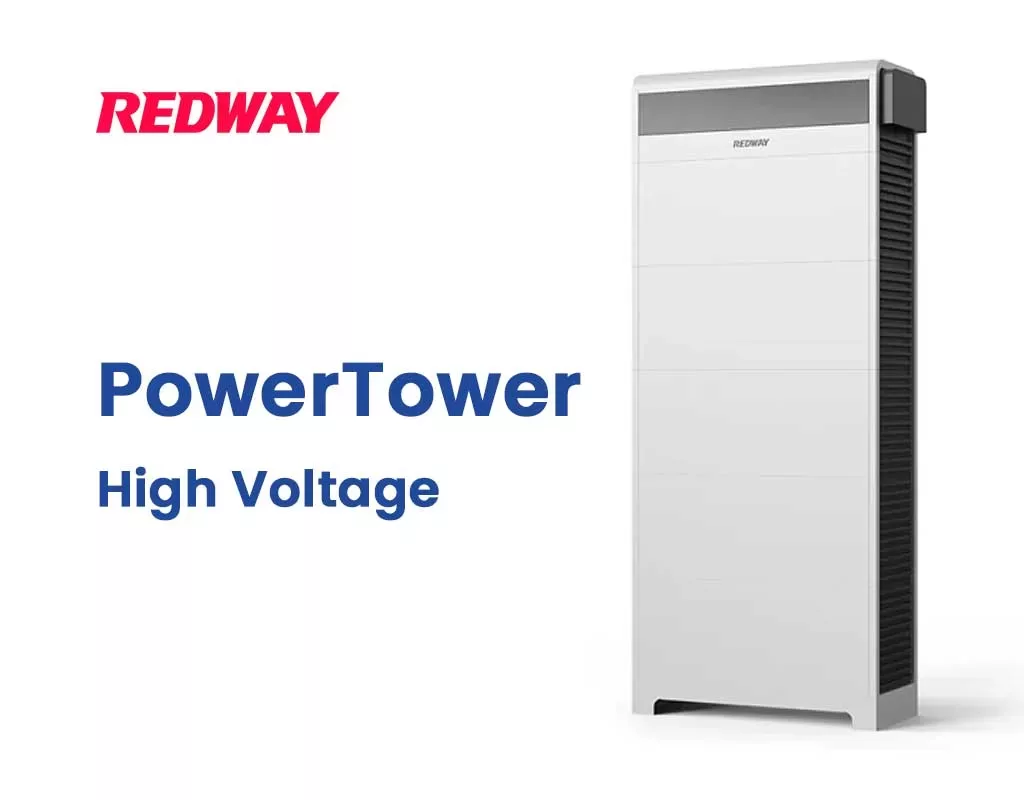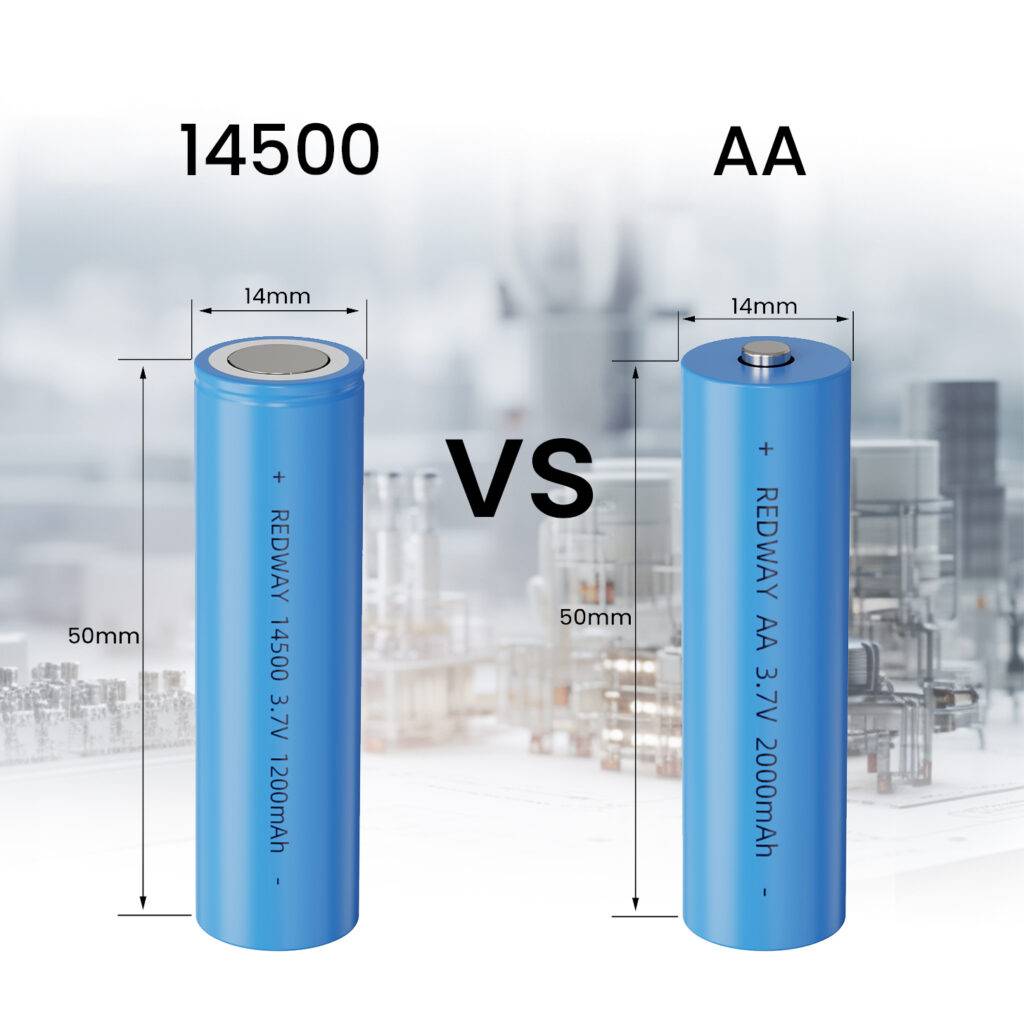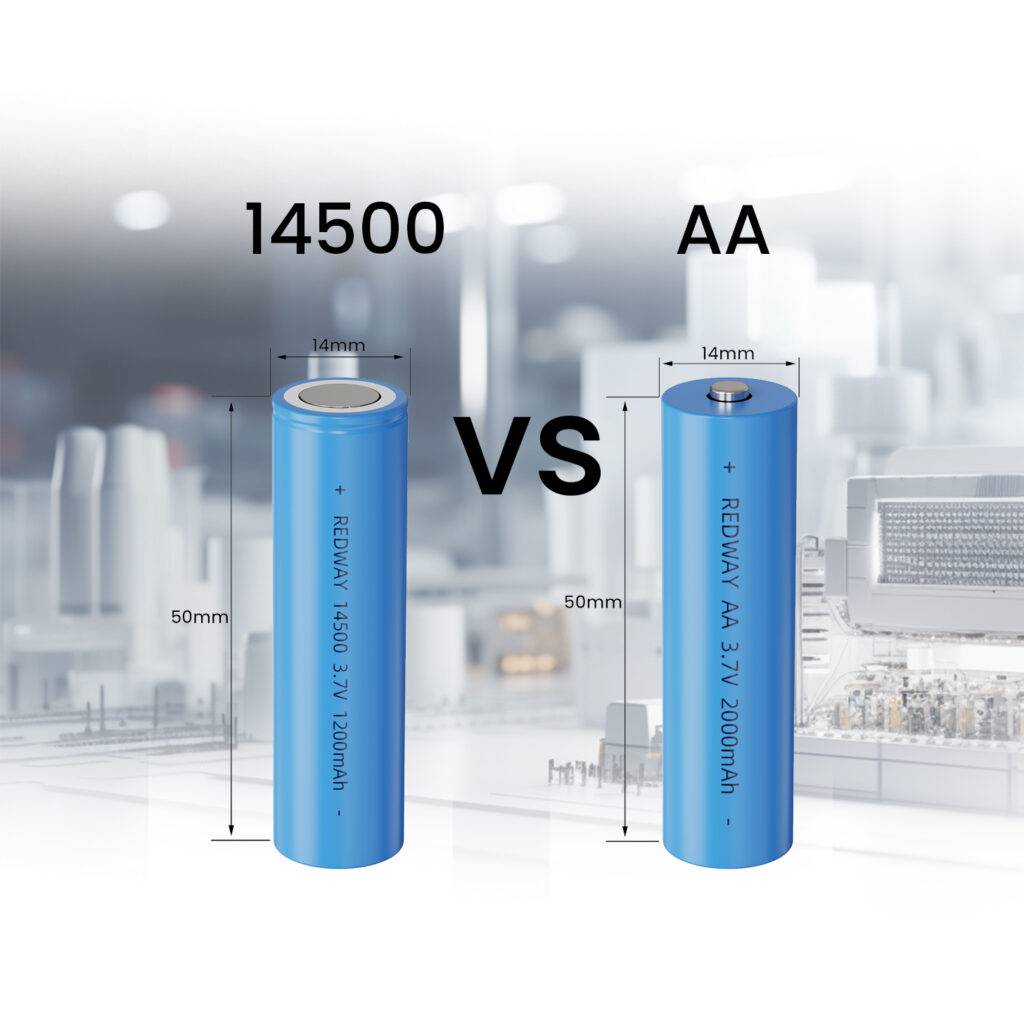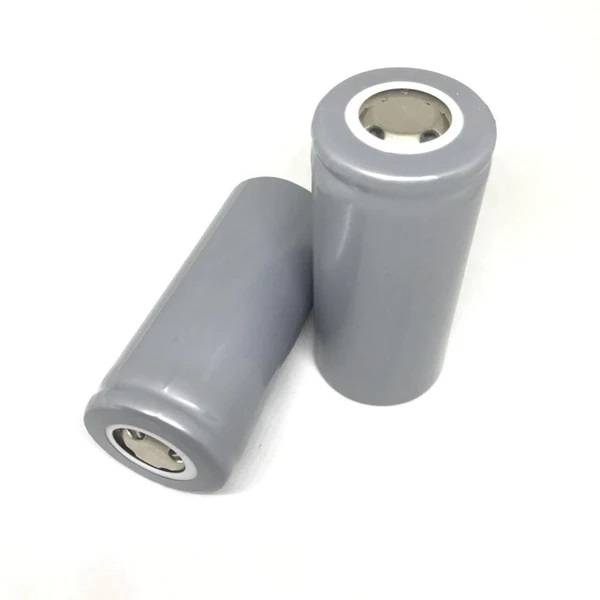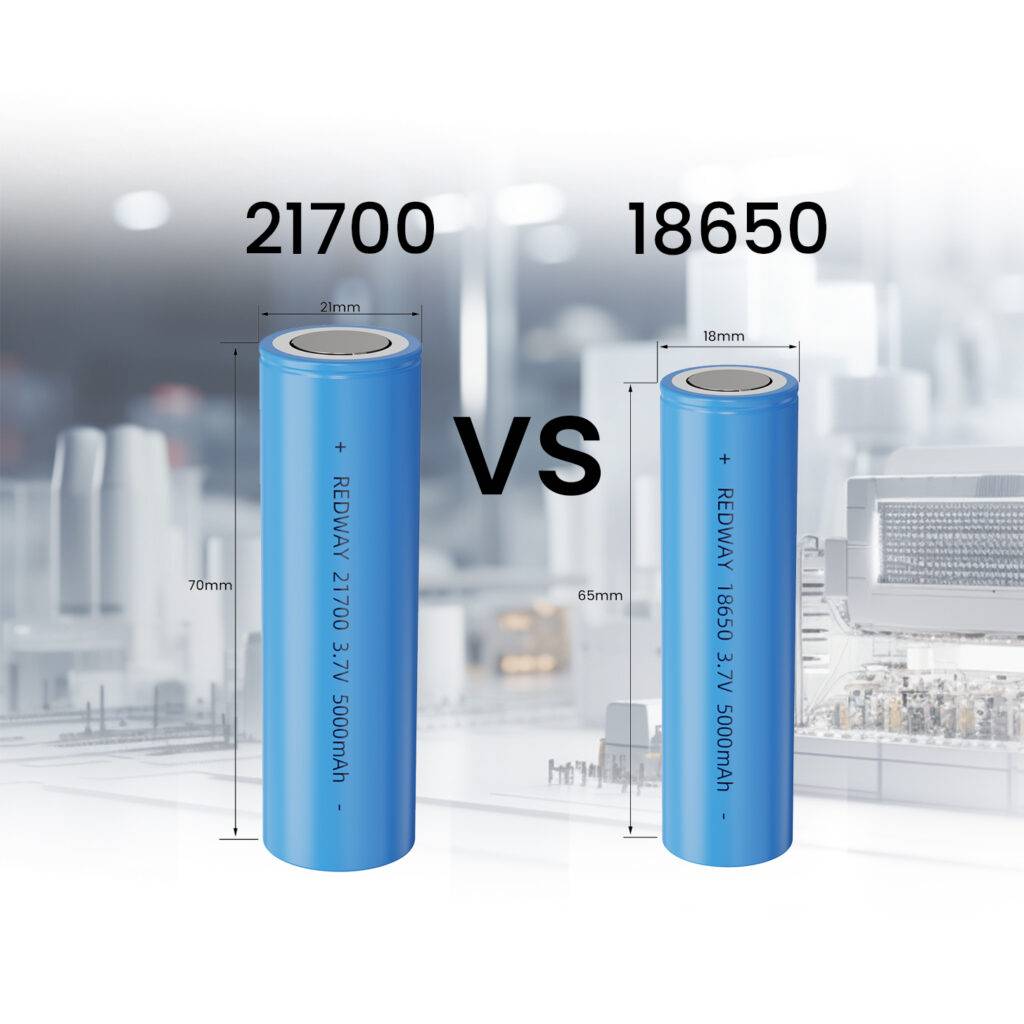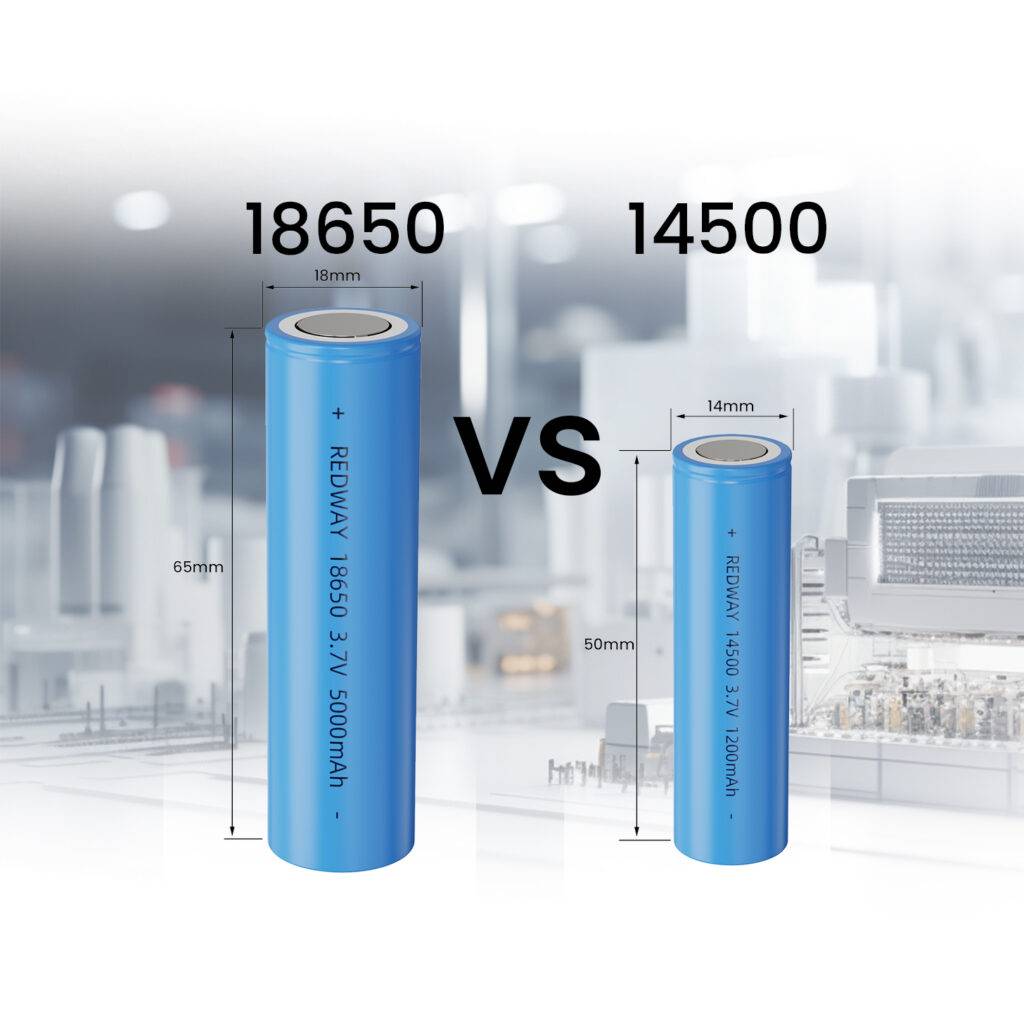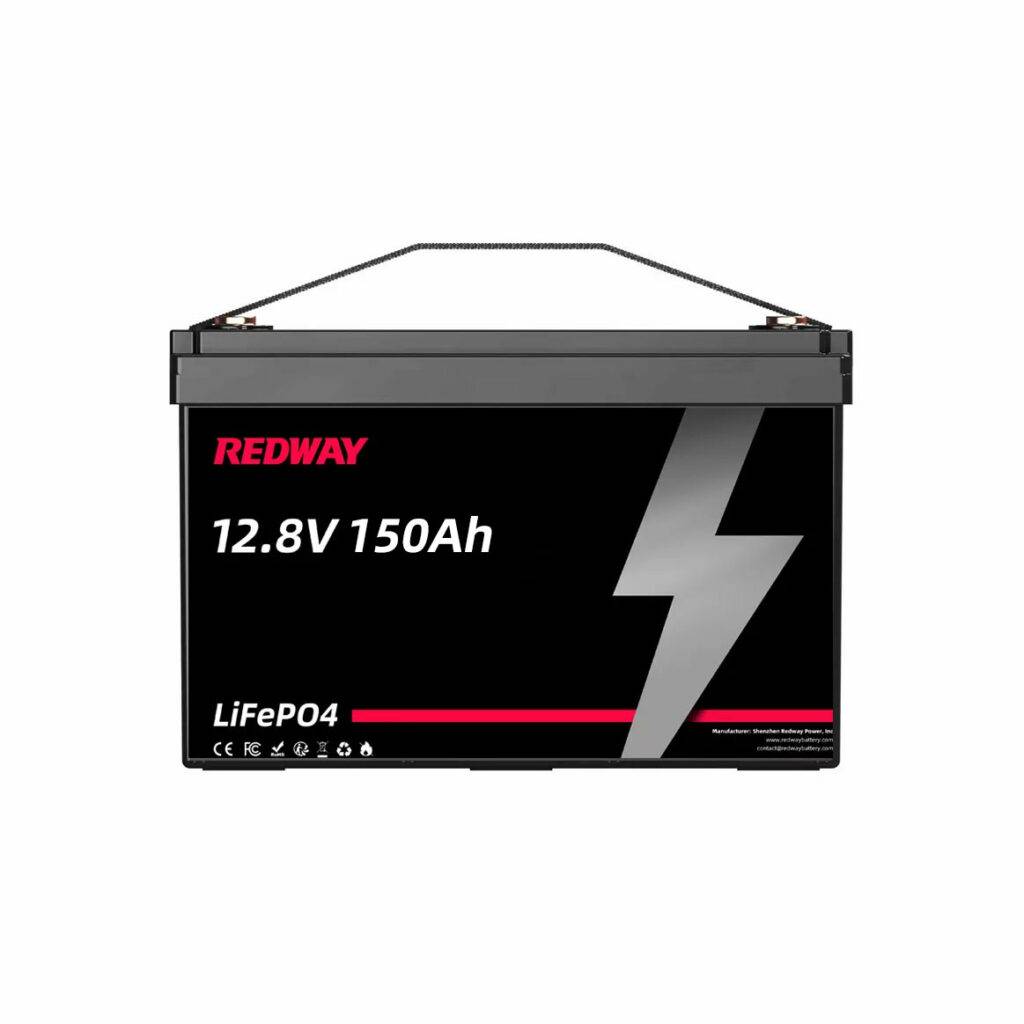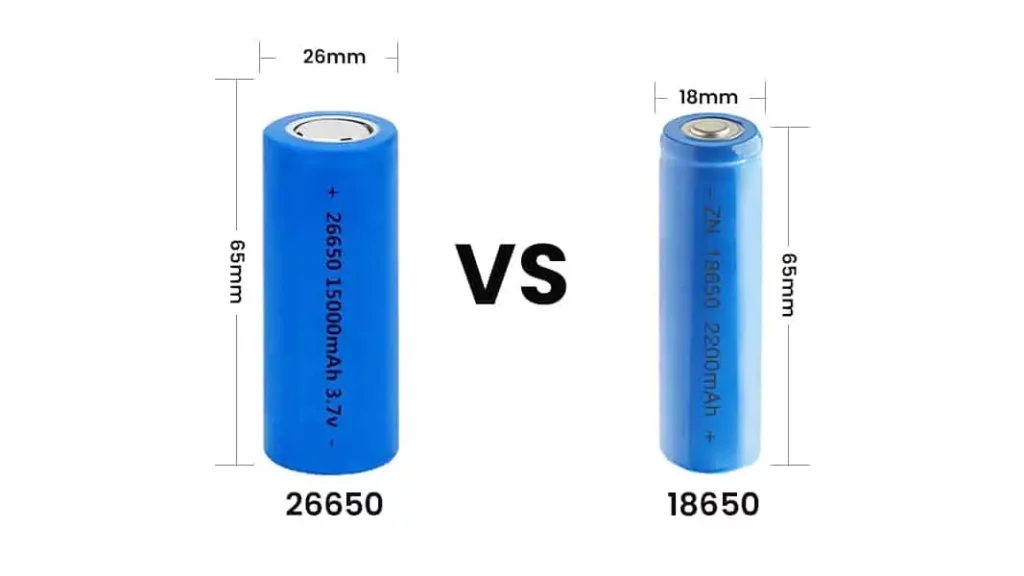Are you tired of searching for the perfect replacement battery for your device? The world of batteries can be overwhelming and confusing, with countless options to choose from. One popular choice is the 14500 battery, but what exactly does it mean and how does it compare to other batteries on the market? In this blog post, we’ll explore the equivalent batteries to a 14500 and help you understand which one may be best suited for your needs. So let’s dive in!
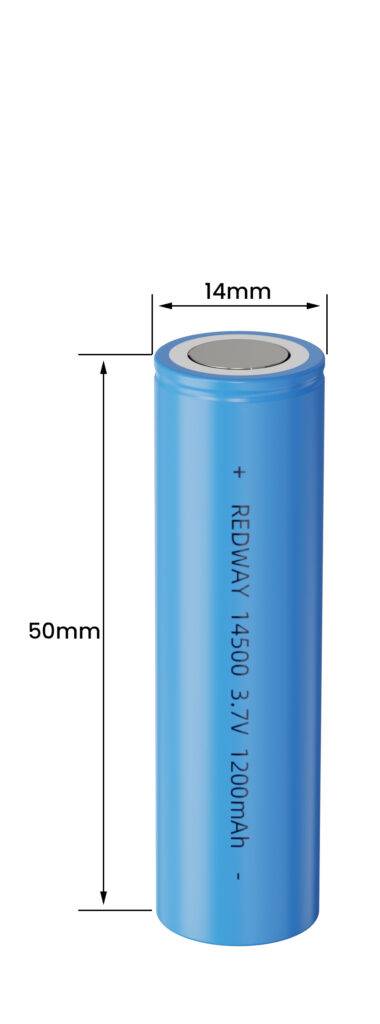
#post_seo_title
Equivalent batteries
When it comes to batteries, there are a lot of options available in the market. One of the most common ones is the 14500 battery. However, there may be instances where you need an equivalent battery for your device.
Equivalent batteries refer to those that have similar specifications and performance as the original one but come from different manufacturers. For instance, instead of buying a branded 14500 battery, you can opt for an equivalent one from another brand.
The advantage of using equivalent batteries is that they are often cheaper than branded ones while still providing comparable performance levels. However, it’s important to ensure that you purchase them from reputable sources and check their compatibility with your device beforehand.
It’s worth noting though that not all equivalents will perform at par with branded batteries in terms of lifespan and other factors such as safety features. Hence, it’s essential to do thorough research before settling on which type to use for your specific needs.
What is the difference between a 14500 battery and other batteries?
The 14500 battery is a rechargeable lithium-ion battery that is commonly used in small electronics such as flashlights, cameras, and toys. Compared to other batteries on the market, such as alkaline or nickel-metal hydride (NiMH), there are several key differences.
Firstly, the 14500 battery has a higher energy density than alkaline batteries which means it can hold more energy per unit of volume. This makes it ideal for devices that require high performance and long runtime.
Additionally, the 14500 battery has a lower self-discharge rate compared to NiMH batteries. Self-discharge refers to how quickly a battery loses its charge when not in use. A lower self-discharge rate means that the 14500 will retain its charge longer when stored compared to other types of batteries.
Furthermore, unlike alkaline batteries which have a linear discharge curve (meaning they gradually lose power), the voltage output of Li-ion cells such as the 14500 remains relatively constant until almost fully discharged. This makes them better suited for applications where consistent voltage levels are required throughout their usage cycle.
While NiMH cells can be recharged hundreds of times before losing capacity; Li-ion cells like the 14500 can be charged thousands of times without significant loss in capacity.
These unique characteristics make the 14500 an excellent choice for applications requiring high performance and long-lasting power from smaller-sized devices with consistent voltage output capabilities whilst holding enough power reserves during storage periods without losing much capacity over time.
Which battery is better?
When it comes to comparing batteries, the answer isn’t always straightforward. It depends on what you’re looking for in a battery and what device you’re using it with.
If you need a high-capacity battery, then a 18650 or 26650 may be the better option for you as they have higher capacity than a 14500 battery. However, if size is more important, then the compact size of the 14500 may be preferable.
Another factor to consider is voltage output. A lithium-ion polymer (LiPo) battery typically has higher voltages than other types of batteries and can provide more power to your device.
Durability is also an important consideration when choosing a battery. Some batteries are rated for longer lifetimes than others and can withstand more charge cycles before needing replacement.
Ultimately, which battery is “better” depends on your specific needs and preferences. It’s important to do research and choose a reputable brand that offers reliable performance for your intended use case.
Conclusion
To sum up, when it comes to finding an equivalent to a 14500 battery, there are quite a few options available. From rechargeable batteries like the Li-ion and NiMH batteries to non-rechargeable ones like alkaline and lithium primary cells, you have plenty of choices.
Each type of battery has its own set of pros and cons, making them suitable for different applications. The best battery option for you depends on your specific needs – whether you require high power output or longer shelf life.
In any case, it’s essential to choose the right battery that fits your device requirements while taking into consideration factors such as voltage ratings and discharge rates.
We hope this article has provided valuable insights into what is equivalent to a 14500 battery. With the information presented here, we’re confident that you’ll be able to make an informed decision when selecting your next replacement battery!


